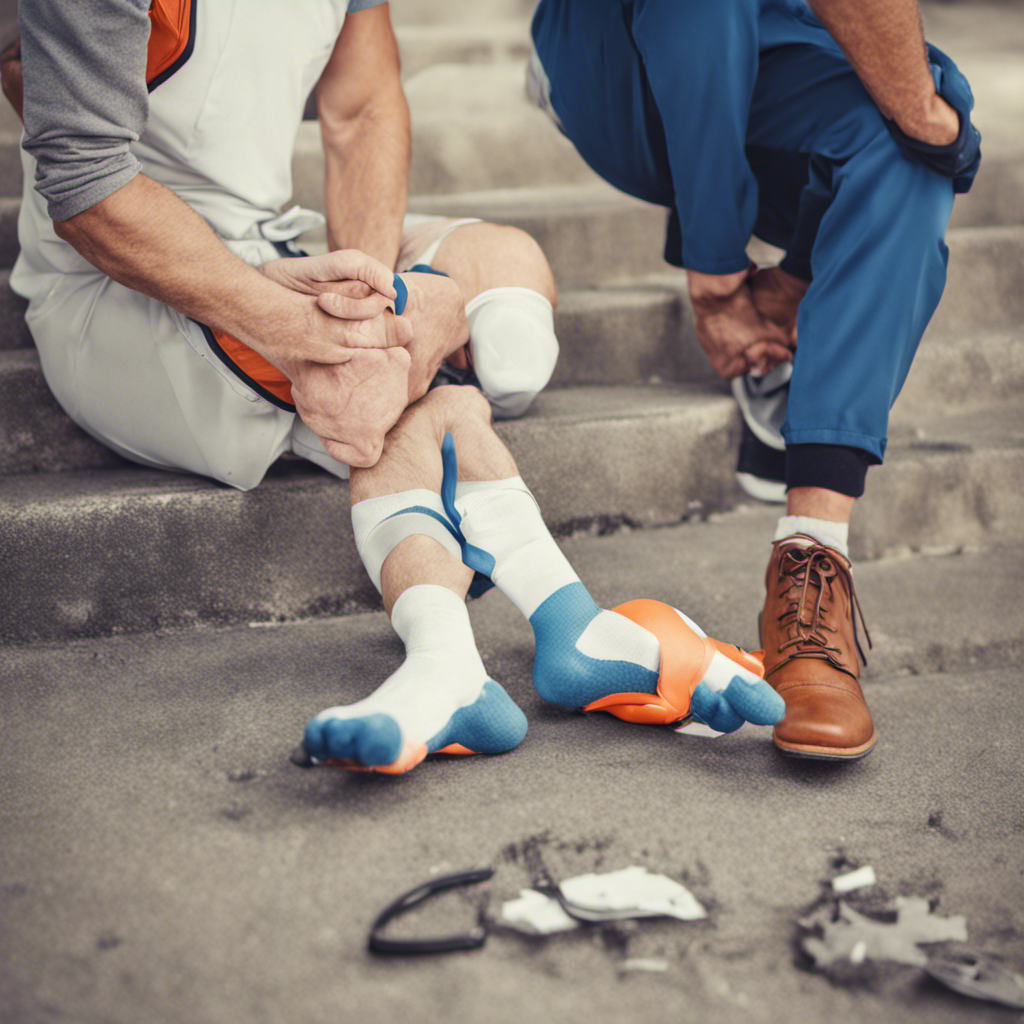 Top Steps to Take After Sustaining an Injury
Top Steps to Take After Sustaining an InjuryTop Steps to Take After Sustaining an Injury
Introduction
Suffering from an injury can be a traumatic experience, both physically and emotionally. Whether it's a slip and fall accident, a car crash, or any other incident that causes harm, knowing the right steps to take after sustaining an injury is crucial. In this guide, we will provide you with valuable advice from experienced injury lawyers on what actions you should consider following immediately after getting injured.
Step 1: Seek Medical Attention
The first step after sustaining any type of injury is to seek immediate medical attention. Your health should always be your top priority. Even if the injuries seem minor at first glance, it's essential to get checked by a healthcare professional as soon as possible.
Step 2: Report the Incident
No matter where your injury occurred – whether it was at work, in a public place, or due to someone else's negligence – reporting the incident is vital. Contact the appropriate authorities or supervisor responsible for handling such incidents and provide them with all necessary details regarding what happened.
A) Workplace Injuries:
If you were injured while working on-site or during work-related activities:
- Contact your immediate supervisor or employer and report the incident immediately.
- Familiarize yourself with your company's procedures for reporting workplace injuries.
- If applicable, complete any required paperwork related to workers' compensation claims.
- Note down names of witnesses who saw the accident occur; their statements may prove useful later on.
B) Public Place Injuries:
If you sustained an injury in a public place, such as a store or park:
- Inform the property owner, manager, or staff about the incident and ensure it is properly documented.
- Take photographs of the accident scene if possible. These can serve as evidence later on.
- Obtain contact information from any witnesses who saw what happened.
C) Personal Injury Cases:
If your injury was caused by someone else's negligence (e.g., car accidents, slip and falls):
- Contact local law enforcement to report the incident and obtain an official police report.
- Gather evidence at the scene if you are physically able to do so safely. This may include taking photos or videos of damages, injuries, and surrounding conditions.
- Note down names and contact details of any witnesses present during the accident.
Step 3: Document Your Injuries
In order to build a strong case for compensation later on, it's crucial to document your injuries thoroughly. Here are some steps you should take:
- Take clear photographs of visible injuries immediately after they occur and throughout your recovery process. Make sure these images are date-stamped if possible.Maintain detailed records of all medical treatments received including doctor visits, medications prescribed, physical therapy sessions attended etc.Note down any pain or discomfort experienced daily along with its intensity level.If applicable,l keep track of how your injuries have affected your daily life activities like work performance or personal relationships.
Step 4: Consult with an Experienced Injury Lawyer
After sustaining an injury, it's crucial to seek legal advice from a skilled personal injury lawyer. They can guide you through the process of filing a claim and ensure your rights are protected. Here's why consulting with an experienced injury lawyer is important:
- An attorney will evaluate your case and determine its potential value.
- They will handle all communication with insurance companies on your behalf.
- Your lawyer will gather evidence, interview witnesses, and build a strong case for maximum compensation.
- If necessary, they will represent you in court to fight for fair compensation.
Step 5: Follow Your Doctor's Advice & Focus on Recovery
To give yourself the best chance at healing fully, it's essential to follow your doctor's advice and treatment plan diligently. This includes attending all scheduled medical appointments, taking prescribed medications as directed, undergoing recommended therapies or surgeries if necessary, and following any restrictions or limitations placed on physical activities during recovery.
Conclusion
Sustaining an injury can be overwhelming but knowing the right steps to take immediately after can significantly impact the outcome of any potential claims or lawsuits. By seeking medical attention promptly, reporting the incident accurately,l documenting injuries thoroughlyl , consulting with an experienced personal injurly lawyelr ,and focusing on recovery,you'll be better equipped to navigate through this challenging time successfully.l